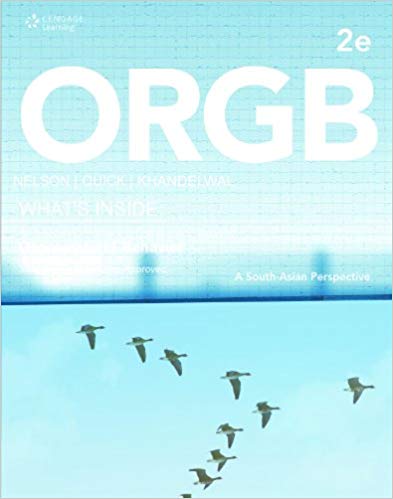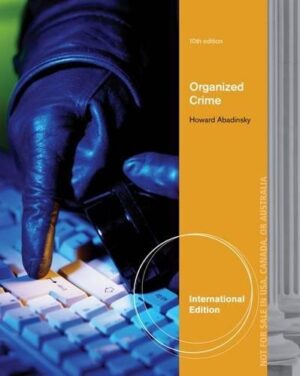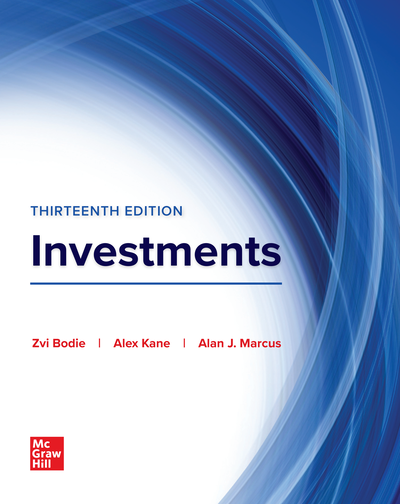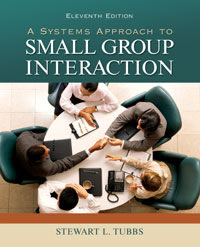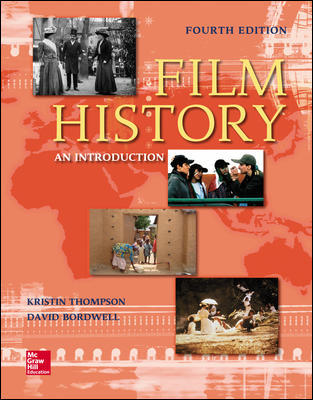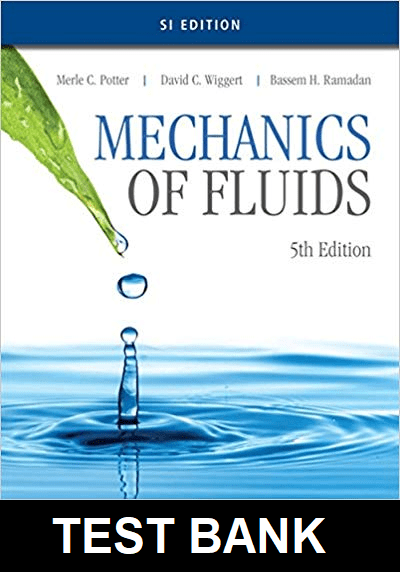ORGB 2nd Edition By Debra Nelson – Test Bank
Do you need test banks fast? eTestBank.net is the best test bank website for you! Download your test bank right after you pay. No waiting!
Why eTestBank.net is Great:
✅ Instant Download:
Get your test bank right away after payment.
✅ Unlimited Downloads:
Download your test bank anytime and as many times as you want.
✅ 24/7 Live Help:
We are here to help you all day, every day.
✅ Guaranteed Delivery:
If you don’t get the download right away, we will send it to you in 3 to 6 hours.
How to Get Your Test Bank:
- Pick Your Test Bank: Choose from many test banks.
- Pay Safely: Pay securely on eTestBank.net.
- Download Instantly: Get your test bank immediately after payment.
- Download Anytime: Unlimited downloads whenever you need them.
Need Help? Contact Us:
📧 Email: [Support@etestbank.net]
📱 WhatsApp: [https://wa.me/message/MC222DLQ4GDXL1r]
Didn’t Get Your Download?
Don’t worry! If you don’t get the file right away, we’ll send it to you in 3 to 6 hours. Need it sooner? Contact us by email or WhatsApp.
💡 Buy now from eTestBank.net for instant downloads, unlimited access, and 24/7 support—get your test bank today!
CHAPTER 5—MOTIVATION AT WORK
MULTIPLE CHOICE
1. The process of arousing and sustaining goal-directed behavior is called:
|
a. |
energizing |
|
b. |
goal setting |
|
c. |
motivation |
|
d. |
expectancy theory |
ANS: C PTS: 1 DIF: Easy REF: p. 73
OBJ: 1 NAT: AACSB Reflective Thinking | Motivation Concepts
TOP: Motivation and Work Behavior MSC: K&C
2. According to the Protestant ethic, a person should work hard because hard work and prosperity would lead to a place in heaven. The organizational scholar who advanced the Protestant Ethic notion was:
|
a. |
John Calvin |
|
b. |
Sigmund Freud |
|
c. |
Adam Smith |
|
d. |
Max Weber |
ANS: D PTS: 1 DIF: Easy REF: p. 73
OBJ: 1 NAT: AACSB Reflective Thinking | Motivation Concepts
TOP: Motivation and Work Behavior MSC: K&C
3. Which of the following statements is most accurate regarding the current state of motivation theories?
|
a. |
The reinforcement approach to motivation has been found to be superior to other motivational models. |
|
b. |
Freud’s psychodynamic theory of motivation has generally been supported with the strongest empirical evidence. |
|
c. |
There are several approaches to motivation, and one or another may be useful in specific organizational contexts, with specific individuals or groups, at different times. |
|
d. |
The motivational models that make strong economic assumptions regarding human motivation have received the most universal acceptance. |
ANS: C PTS: 1 DIF: Moderate REF: p. 73-74
OBJ: 1 NAT: AACSB Reflective Thinking | Motivation Concepts
TOP: Motivation and Work Behavior MSC: S&E
4. Frederick Taylor’s scientific management advanced the idea that:
|
a. |
unfulfilled needs acted as motivation |
|
b. |
the relationship of management and labor should be one of cooperation rather than conflict |
|
c. |
money was not a motivator |
|
d. |
self-interest and economic gain are motivators for the owners of production and not the employees of owners |
ANS: B PTS: 1 DIF: Moderate REF: p. 74
OBJ: 1 NAT: AACSB Reflective Thinking | Motivation Concepts
TOP: Motivation and Work Behavior MSC: K&C
5. The basic motivational assumption within Taylor’s scientific management is the same as within Adam Smith’s political economic notions which is:
|
a. |
both intrinsic and extrinsic factors influence motivation |
|
b. |
ungratified needs motivate behavior |
|
c. |
individuals are largely motivated by power, affiliation, and achievement |
|
d. |
people are motivated by self-interest and economic gain |
ANS: D PTS: 1 DIF: Easy REF: p. 74-75
OBJ: 1 NAT: AACSB Reflective Thinking | Motivation Concepts
TOP: Motivation and Work Behavior MSC: K&C
6. Adam Smith formulated the “invisible hand” and the free market to explain the motivation for individual behavior. The “invisible hand” refers to:
|
a. |
psychological determinants of behavior |
|
b. |
unconscious motives |
|
c. |
internal needs |
|
d. |
unseen forces of a free market system |
ANS: D PTS: 1 DIF: Easy REF: p. 74
OBJ: 1 NAT: AACSB Reflective Thinking | Motivation Concepts
TOP: Motivation and Work Behavior MSC: K&C
7. Modern management practices such as employee management recognition programs, flexible benefits packages, and stock ownership plans emphasize:
|
a. |
internal needs |
|
b. |
intrinsic motivation |
|
c. |
external incentives |
|
d. |
psychodynamic theory |
ANS: C PTS: 1 DIF: Moderate REF: p. 74-75
OBJ: 1 NAT: AACSB Reflective Thinking | Motivation Concepts
TOP: Motivation and Work Behavior MSC: K&C

